
Meteorite That Recently Fell in Somalia Turns Out to Contain Two Minerals Never Before Seen on Earth
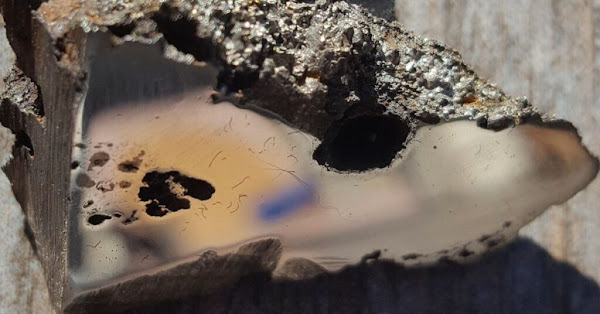
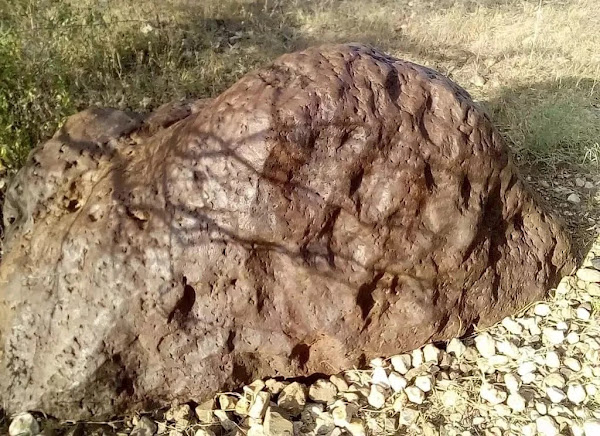
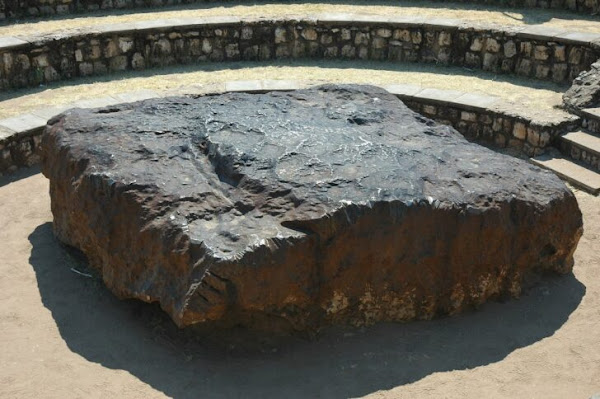

In a groundbreaking discovery, scientists have identified two new minerals never before found on Earth, hidden within a massive meteorite that crashed into Somalia in 2020. The discovery was confirmed by researchers at the University of Alberta, shedding new light on the chemical diversity of materials that exist in space but have remained unknown on our planet — until now.
A slice of the El Ali meteorite that fell in Somalia in 2020. Image credit: University of Alberta
A Rare Visitor From Space
Every day, Earth is bombarded with tons of cosmic material, but the vast majority of it never reaches the surface. As these extraterrestrial rocks enter the atmosphere, intense friction causes them to heat up and disintegrate in a process called ablation, leaving only small fragments—if anything at all.
That’s what makes the El Ali meteorite such a rare and remarkable find. Weighing a staggering 16.5 tons (15 metric tonnes), the meteorite is one of the largest ever discovered on Earth—ranking ninth in size. It landed near the town of El Ali in central Somalia, capturing global attention not just for its sheer size, but for the scientific treasure it held within.
Discovery of Two New Minerals
After a small 70-gram sample of the meteorite was sent to the University of Alberta for analysis, scientists made a discovery that astonished the geological community. They identified two minerals embedded within the sample that had never been observed in nature before.
“Whenever you find a new mineral, it means the actual geological conditions — the chemistry, the pressure, the temperature — were different from anything we've seen before,” explained Dr. Chris Herd, professor in the Department of Earth & Atmospheric Sciences and curator of the university’s Meteorite Collection. “That’s what makes this so exciting.”
The minerals were identified using electron microprobe analysis, a technique that allows researchers to precisely determine the elemental composition of microscopic samples. Interestingly, both minerals had been previously synthesized in laboratory settings, which allowed for rapid confirmation once their signatures were detected in the meteorite.
Meet Elaliite and Elkinstantonite
The newly discovered minerals have been officially named elaliite and elkinstantonite.
-
Elaliite derives its name from the meteorite’s landing site, El Ali, Somalia.
-
Elkinstantonite honors Dr. Lindy Elkins-Tanton, a renowned planetary scientist and the principal investigator of NASA’s upcoming Psyche mission, which aims to study a metal-rich asteroid thought to be the exposed core of an early planet.
“Lindy has done groundbreaking work on how planetary cores form, especially iron-nickel cores, which are closely related to iron meteorites,” said Herd. “Naming a mineral after her is a fitting tribute to her contributions.”
A Third Mineral May Be Hidden Within
Even more intriguing is the possibility of a third new mineral present in the meteorite. Researchers believe they may have spotted another previously unknown compound, but further tests are needed to confirm its identity. However, such testing requires larger samples of the meteorite—something that may no longer be possible.
Since the initial discovery, the El Ali meteorite has reportedly been moved to China, where it is likely to be sold to private collectors. Scientists now face the uncertainty of whether future access to the meteorite for research purposes will be granted.
“There’s real scientific potential here,” Herd said. “If we could get our hands on more of the meteorite, who knows what other secrets it might reveal?”
Why This Matters
The discovery of new minerals in meteorites not only expands our understanding of mineralogy but also offers unique insights into the formation of planets, asteroids, and the early solar system. These materials, forged under alien pressures and temperatures, carry vital information about processes that shaped the universe billions of years ago.
With every new find, we’re reminded of how little we still know about the cosmos—and how much it still has to teach us.
News in the same category


What Millions of Years Look Like in One Photo (Well, Not Exactly)
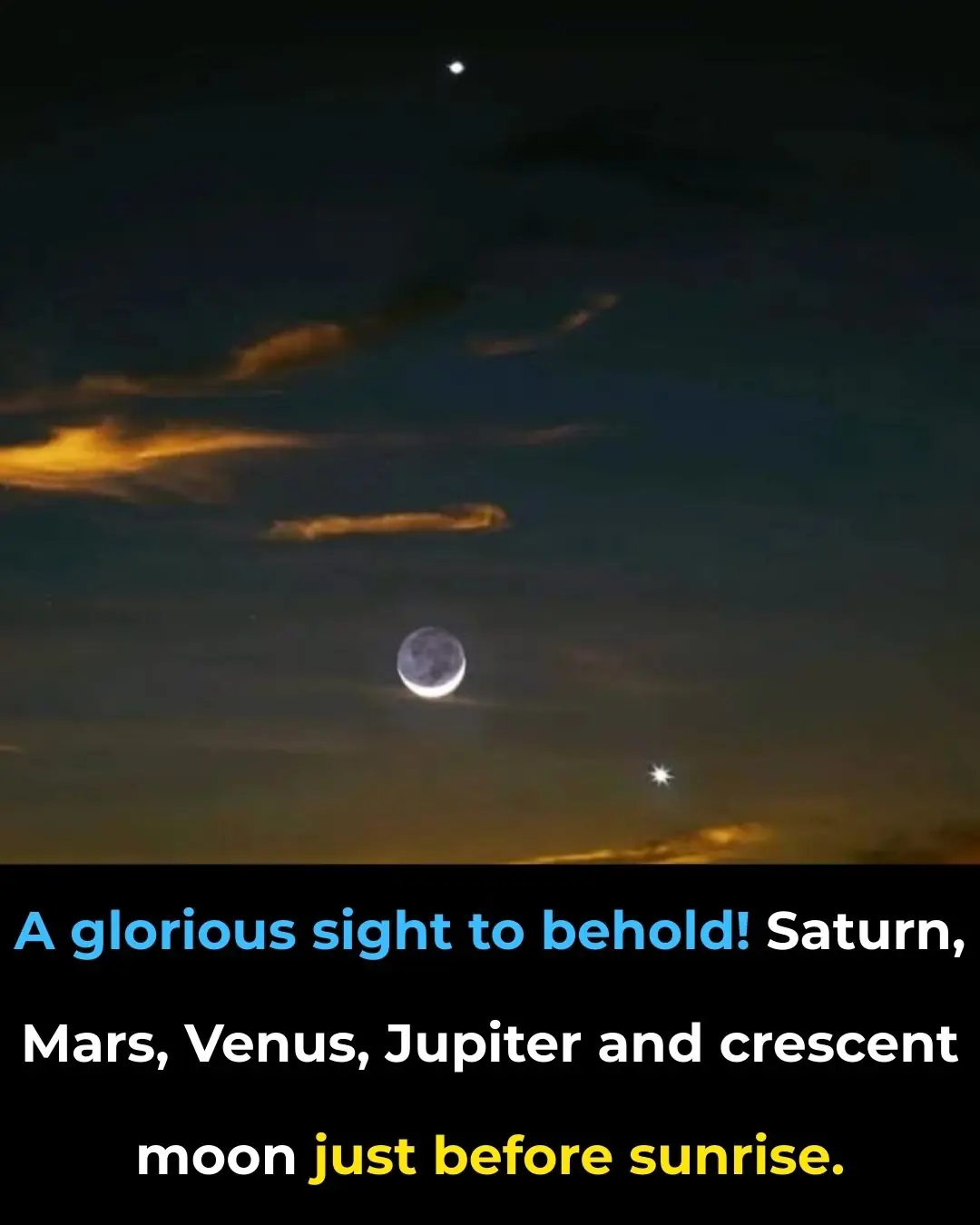
NASA Has Just Released 2,540 Gorgeous New Photos of Mars

Friendship Between Wolf And Bear Documented By A Photographer

Security feature you should make sure is always enabled on your Android smartphone

Guy Mocked for Dating 252-lb Woman

Homeowner Resumes Backyard Treasure Hunt

7 Household Appliances That Drain More Power Than Your Air Conditioner—And Why I Regret Owning Them All
From constant-use devices like refrigerators to high-powered kitchen tools, every household has hidden electricity traps.

Another US doctors’ group breaks with federal policy, recommends COVID-19 vaccines for all adults

Donald Trump Says There Could Be People in Epstein Files Who ‘Don’t Deserve to Be’ There in Shocking Statement

Think Bottled Water Is Safer Think Again

5 Early Warning Signs of Cervical Cancer That 90% of Women Overlook
Cervical cancer is not a silent killer—it sends out warnings. The challenge is whether women notice and act on them in time.

8 Shocking Toilet Clues That Could Signal Cancer: Don’t Ignore These Early Warnings
Many people dismiss subtle changes in bathroom habits as minor or temporary issues. However, certain unusual signs when you go to the toilet could be early red flags of serious health problems. Recognizing them in time can make the difference between earl
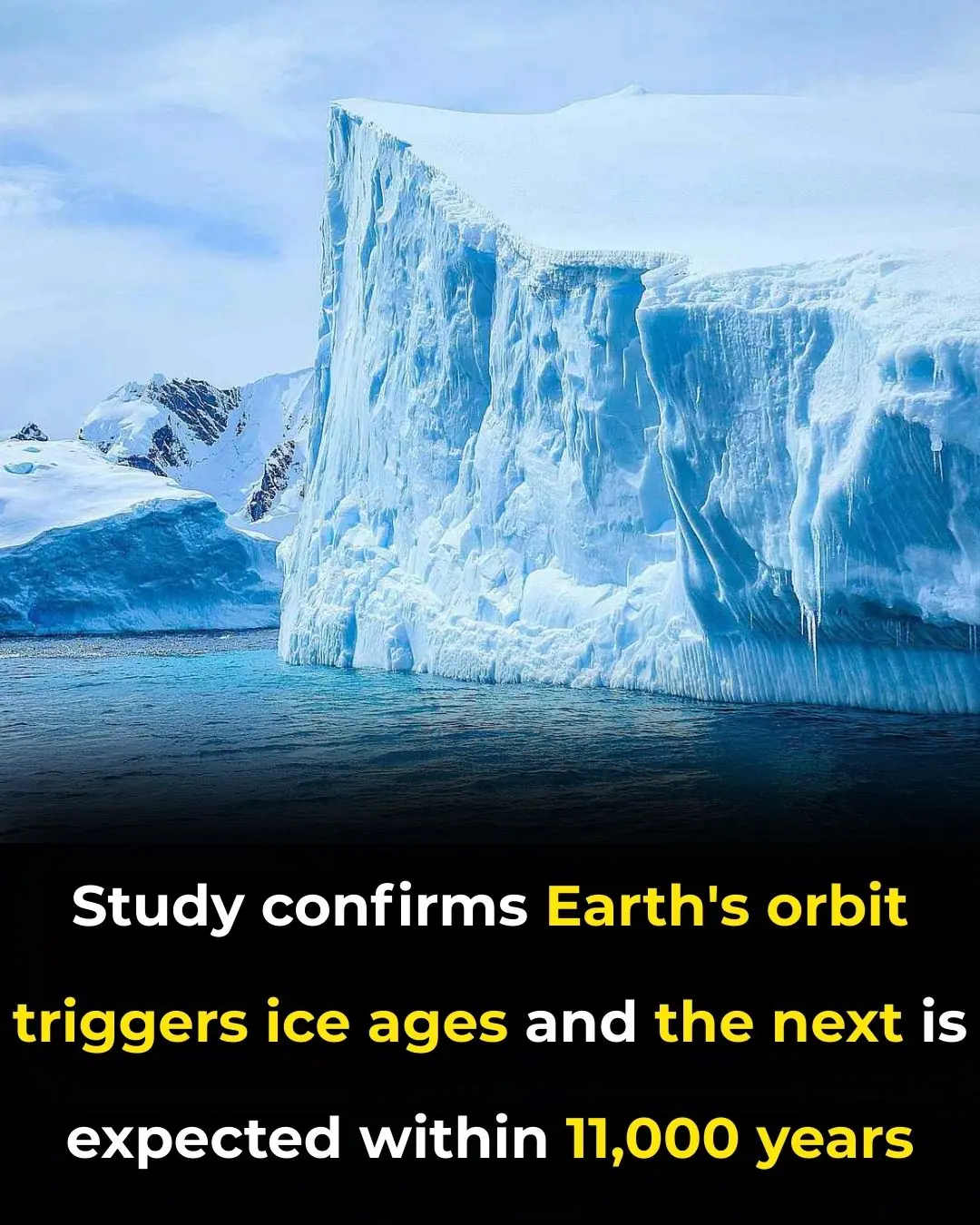
Study Reveals How Earth’s Orbit Triggers Ice Ages, And There’s One in The Next 11,000 Years
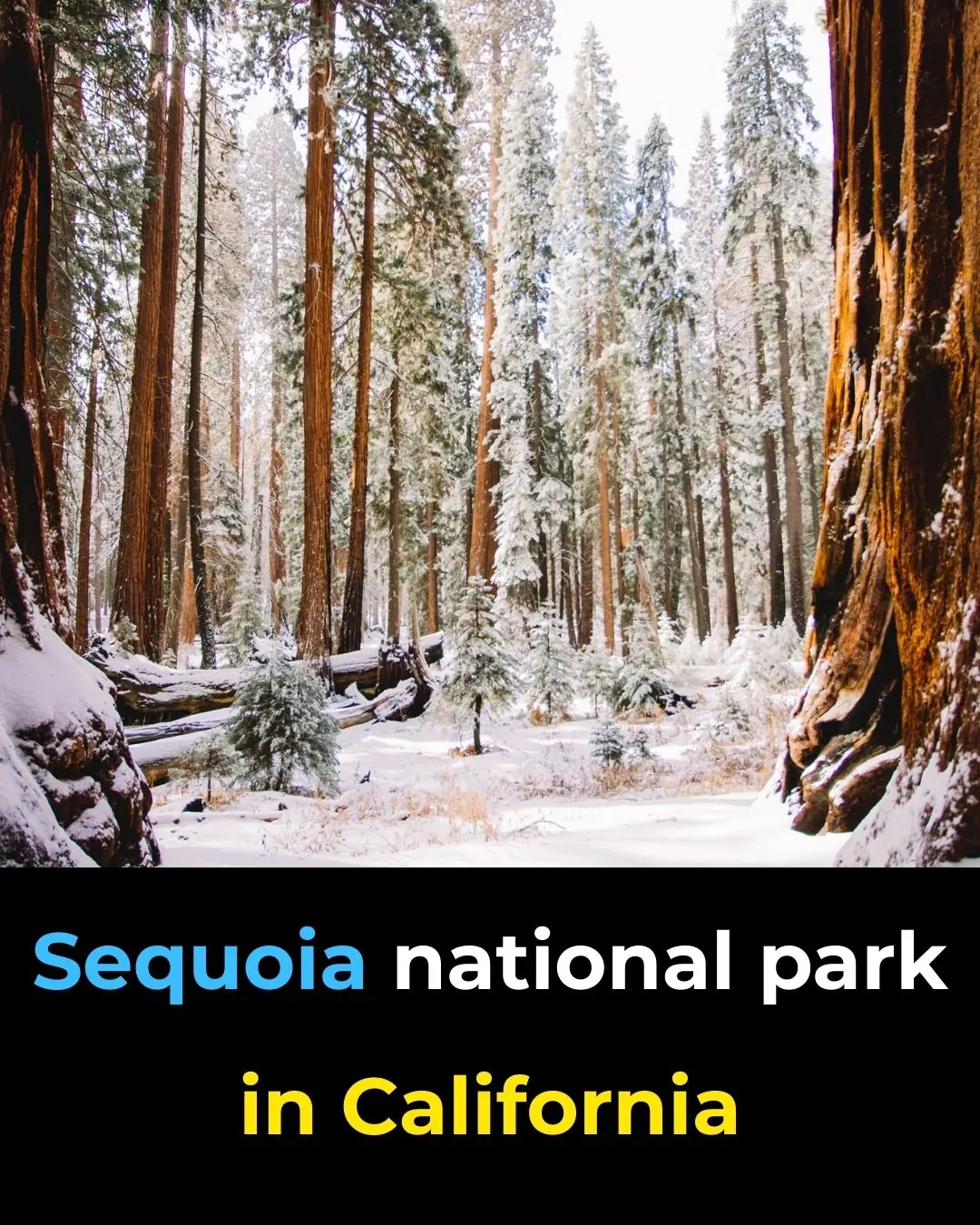
This 3,200-Year-Old Tree Is So Big, It’s Never Been Captured In A Single Photograph…

Travel Coast-to-Coast by Train and See America’s Greatest Sites For Just Over $200
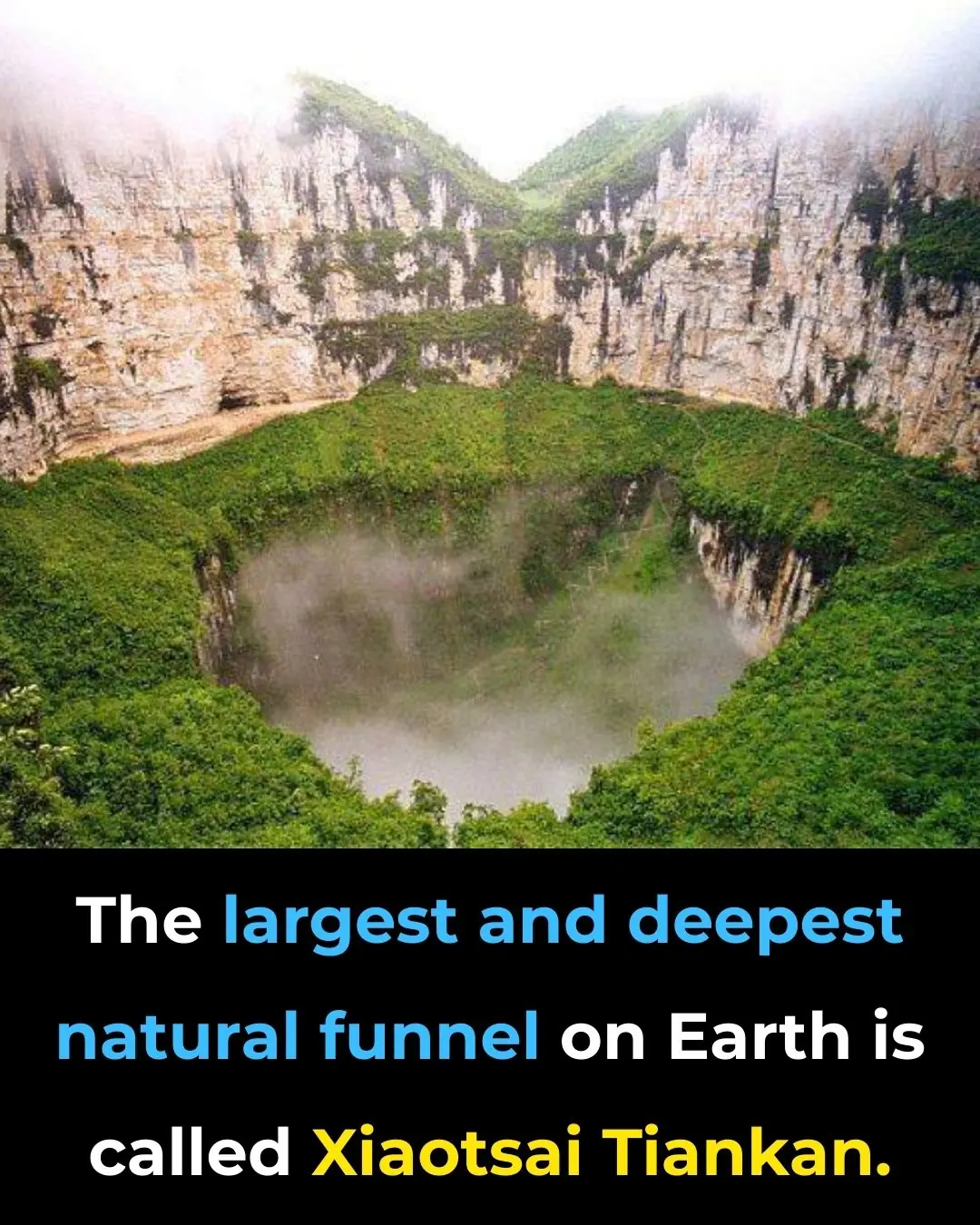
Descend Into the Heavenly Pit: Exploring Xiaozhai Tiankeng, the World’s Deepest Sinkhole
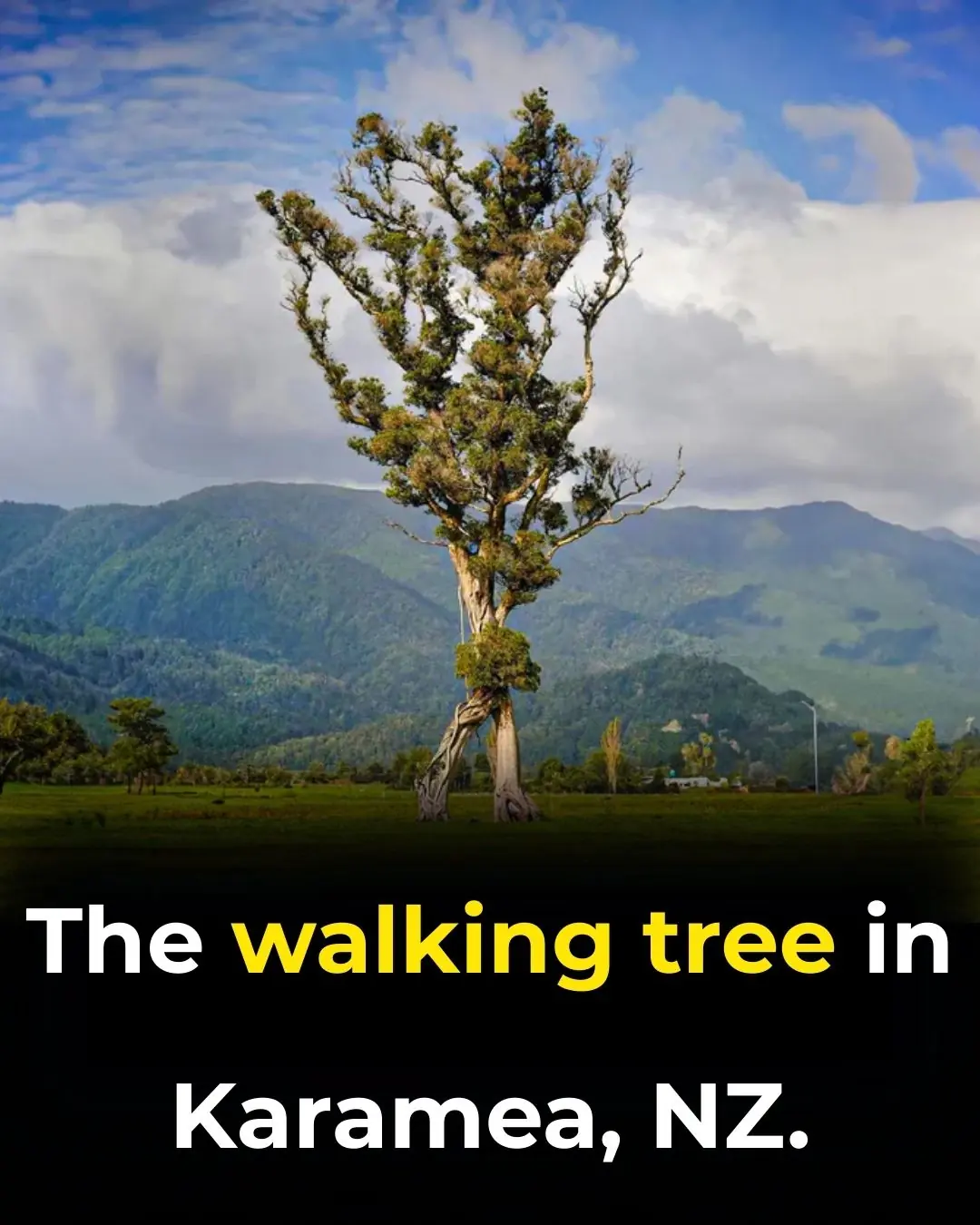
The Walking Trees of Ecuador: They Reportedly Move Up to 20 Meters Per Year
News Post

10 Cancer Causing Products to Remove From Your Home: Scented Candles, Air Fresheners and More

Don’t Throw Away Damaged Tomatoes

A Touch of Viking Brilliance: Moss-Carpeted Homes in Norway

Chris Pratt breaks silence after fans called for him to be 'fired' following Charlie Kirk comments

Chris Martin 'booed' by fans as he makes statement on Charlie Kirk on stage at Coldplay concert

What Millions of Years Look Like in One Photo (Well, Not Exactly)

NASA Has Just Released 2,540 Gorgeous New Photos of Mars

Friendship Between Wolf And Bear Documented By A Photographer
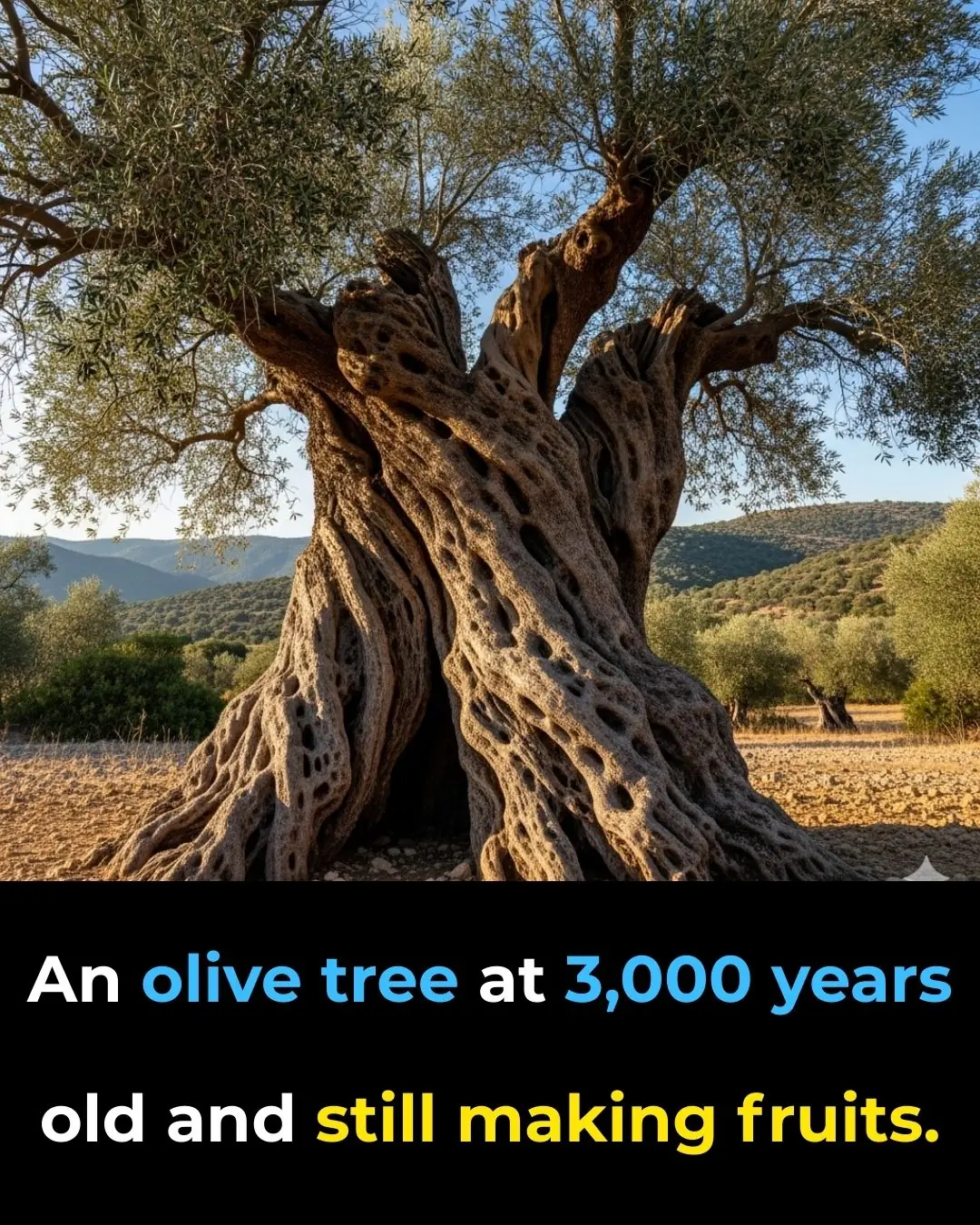
3,000-Year-Old World’s Oldest Olive Tree on the Island of Crete Still Produces Olives Today

Texas Doctor Reveals A “Miracle Mineral” That Soothes Nerve Pain

Struggling to sleep? This simple eye trick can knock you out in minutes

7 essential vitamins every diabetic needs for nerve health

If the freezer in your fridge is covered with ice, do this right away to avoid a surge in your electricity bill.

Don't boil chicken with salt and plain water, as it may become smelly and red. Try this method instead: the chicken will have golden skin and tender, flavorful meat.

3 ways to prevent snakes from entering your house, everyone should know to protect their family.

Red Onion for Hair Growth: How This Overlooked Natural Remedy Can Stop Hair Fall and Boost Thickness Fast

25 Incredible Health Benefits of Goosegrass

US officials issue warning that solar panels could be spying on us
